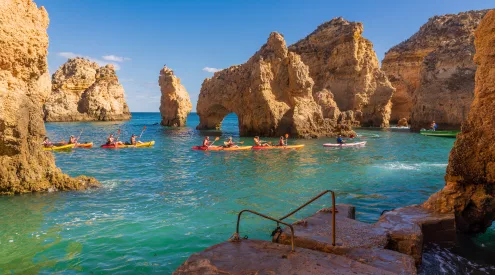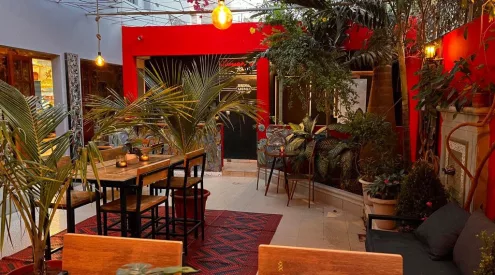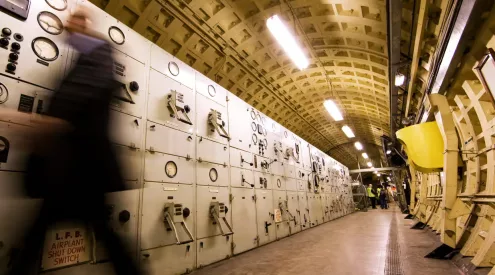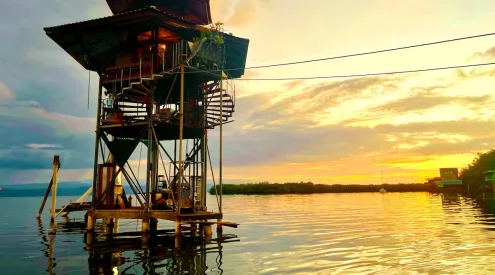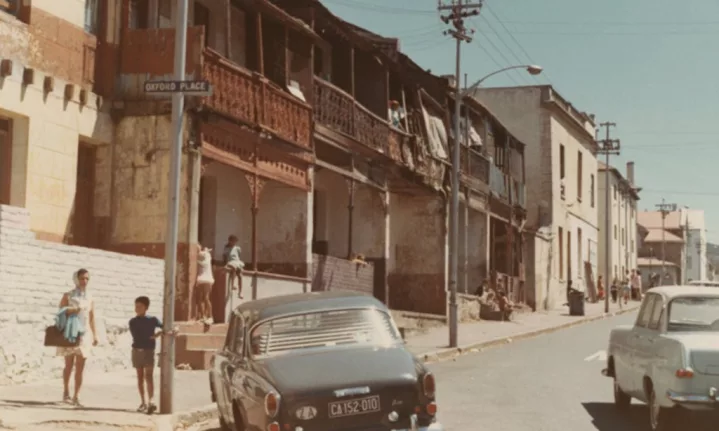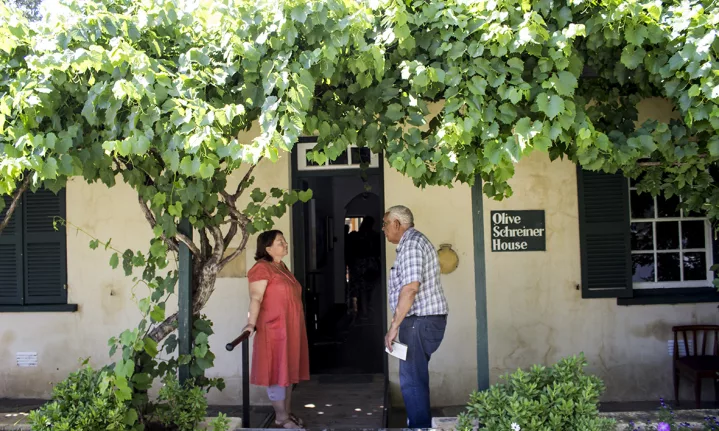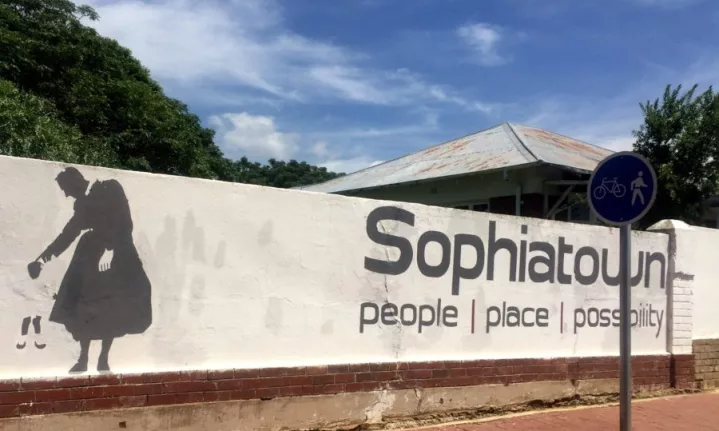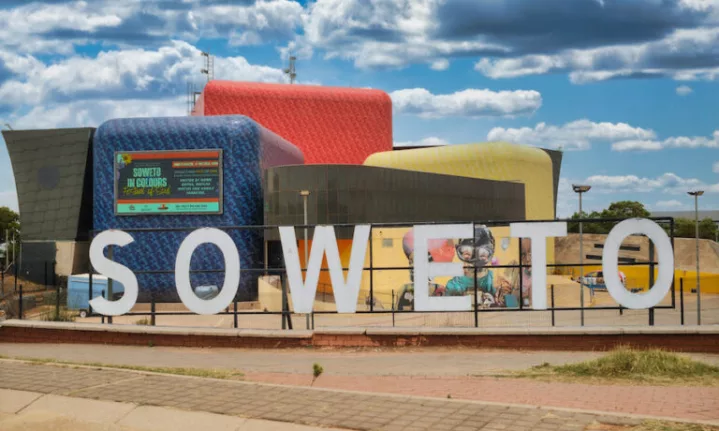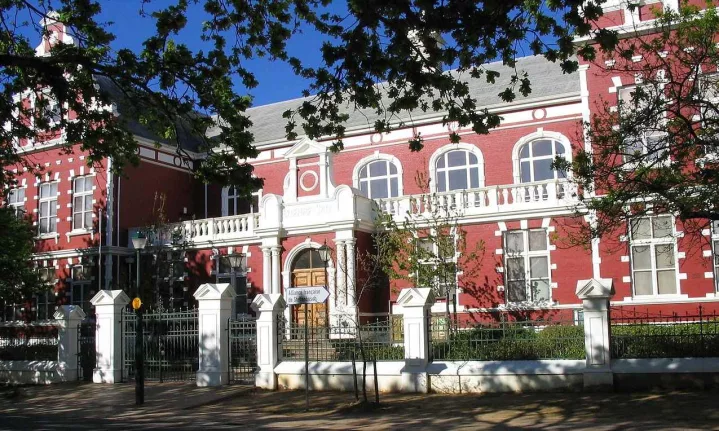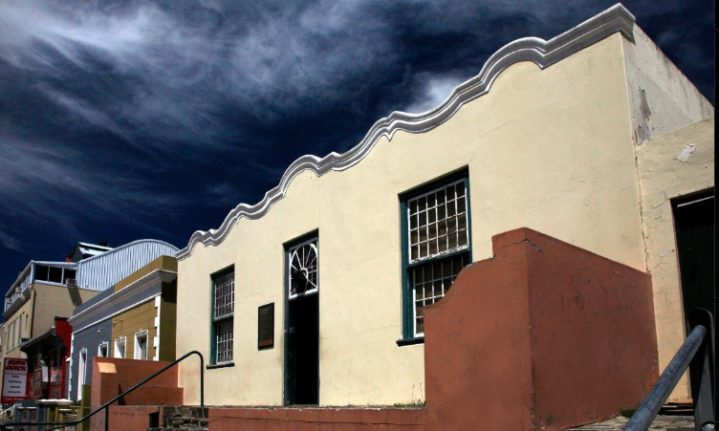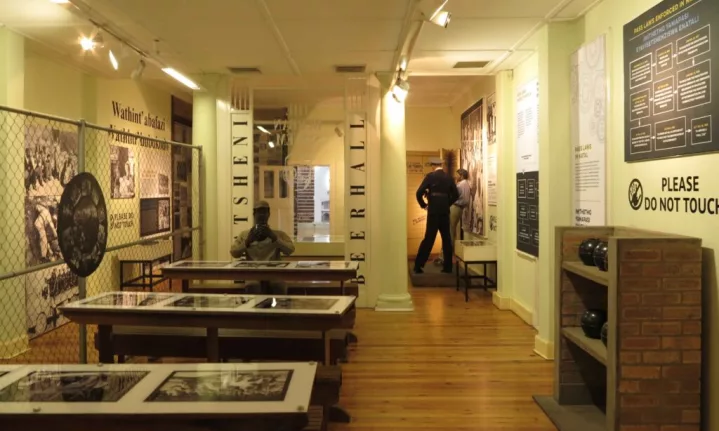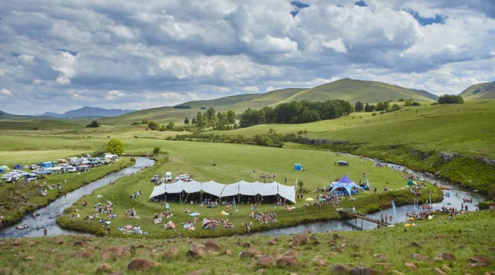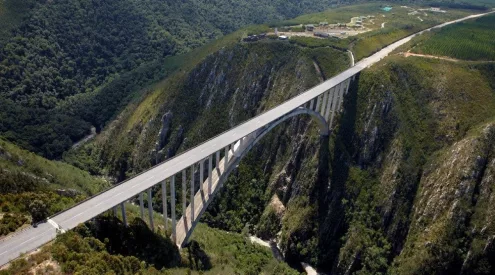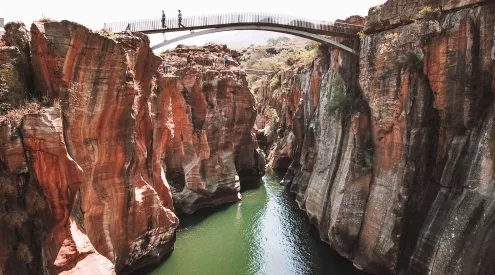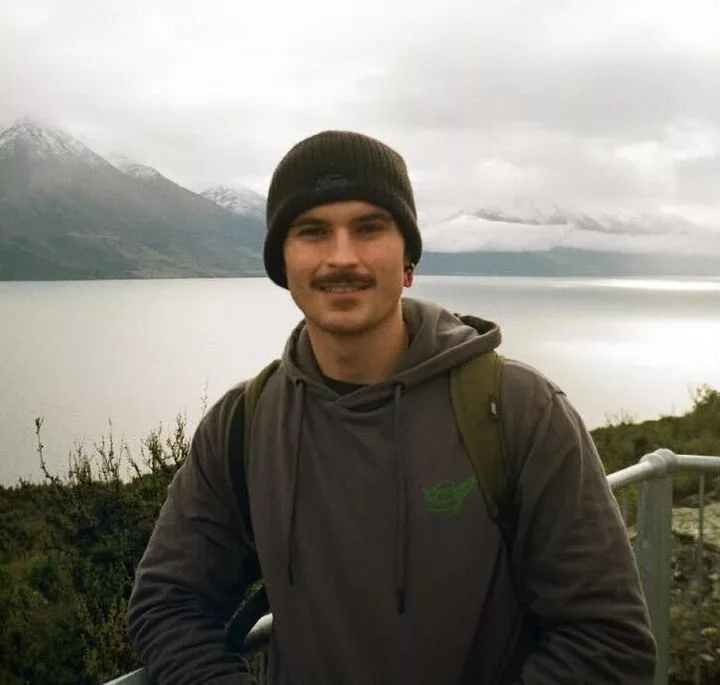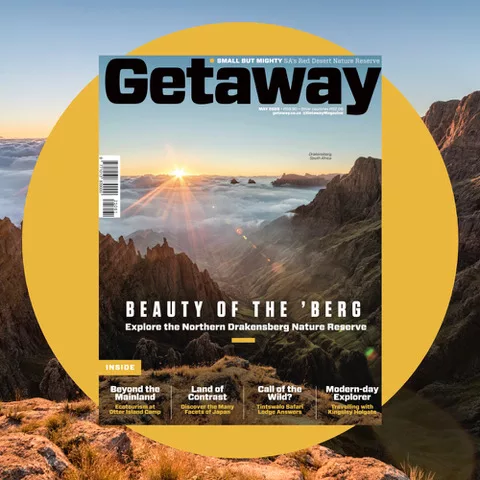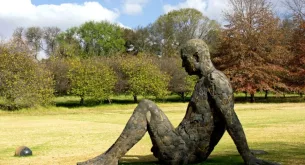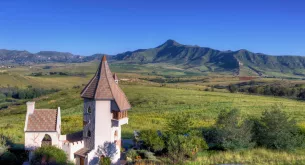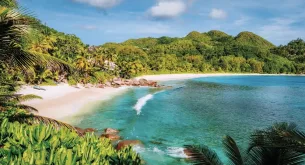Every writer draws from the landscapes of memory, the terrain of their upbringing, or the pulse of the places they’ve called home. South Africa, with its deep cultural roots and textured geography, has stirred the minds of storytellers for generations. These are some of the places that inspired great South African writers—and how you can walk in their footsteps.
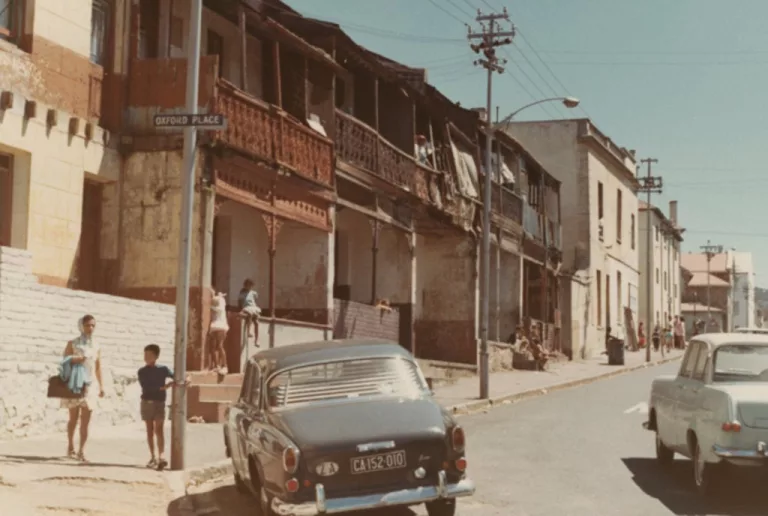
Picture/SA People
District Six, Cape Town – Alex La Guma
Once a lively multicultural neighbourhood, District Six was razed under apartheid’s forced removals. Writer and activist Alex La Guma captured its essence in works like A Walk in the Night, threading through its narrow streets, communal kitchens, and growing political unrest.
Travel tip: The District Six Museum offers an intimate, immersive experience of the area’s history. Book a walking tour led by former residents to experience the echoes of La Guma’s narrative.
Cradock, Eastern Cape – Olive Schreiner
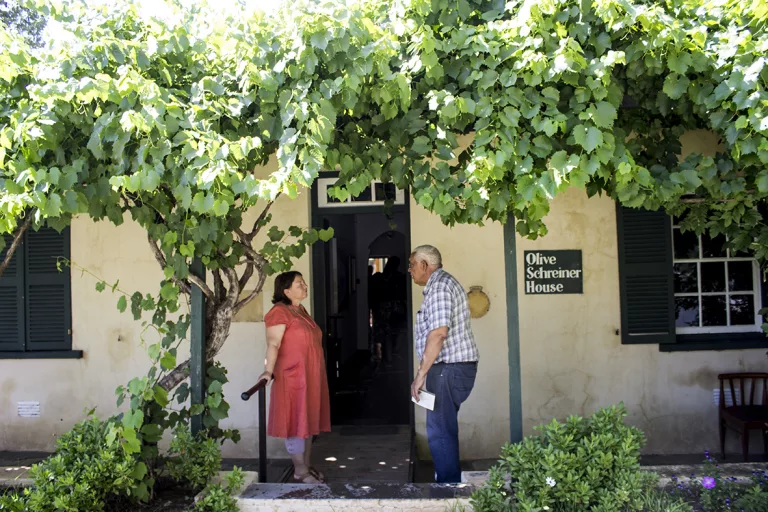
Picture/Karoo Heartland
Olive Schreiner, author of The Story of an African Farm, found inspiration in the Karoo’s haunting solitude and expansive skies. Her philosophical, feminist prose emerged from long walks through farm life’s dry veld and solemness.
Travel tip: Visit the Olive Schreiner House in Cradock (when it is open, as it is temporarily closed), a museum dedicated to her life. For a meditative retreat, the nearby Mountain Zebra National Park mirrors the stillness of her stories.
Qunu & Mthatha, Eastern Cape – Nelson Mandela
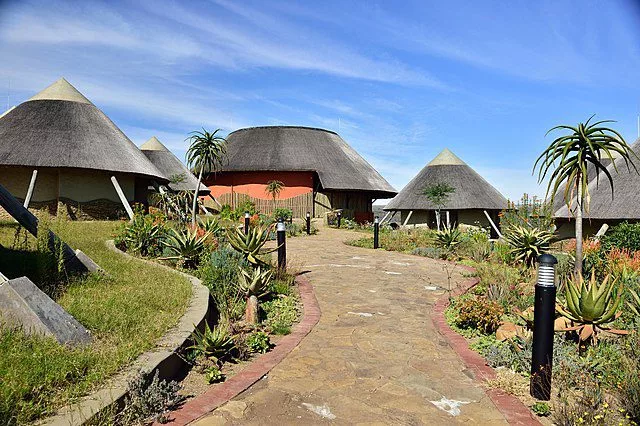
Picture/Discover Walks
In Long Walk to Freedom, Nelson Mandela vividly describes rural life in the Eastern Cape—cattle herding, village traditions, and Xhosa customs. These landscapes grounded his sense of identity and justice.
Travel tip: Explore the Nelson Mandela Museum in Mthatha and Mandela’s childhood home in Qunu, where storytelling and oral tradition remain strong.
Johannesburg – Es’kia Mphahlele
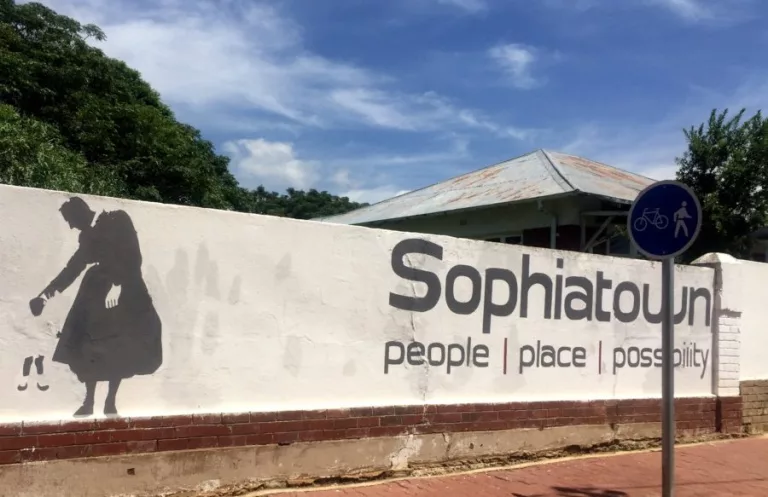
Picture/From Lagos to Jozi
In its vibrant chaos, Johannesburg shaped much of Es’kia Mphahlele’s work. In Down Second Avenue, he reflects on growing up in Marabastad and later living in exile, writing about Black urban identity and intellectual resistance.
Travel tip: Sophiatown, once the cultural capital of Black Johannesburg, now has a heritage centre honouring the legacy of writers, musicians, and thinkers of the 1950s.
ALSO READ: Pilgrim’s Rest: An abandoned town where history meets mystery
Soweto – Miriam Tlali
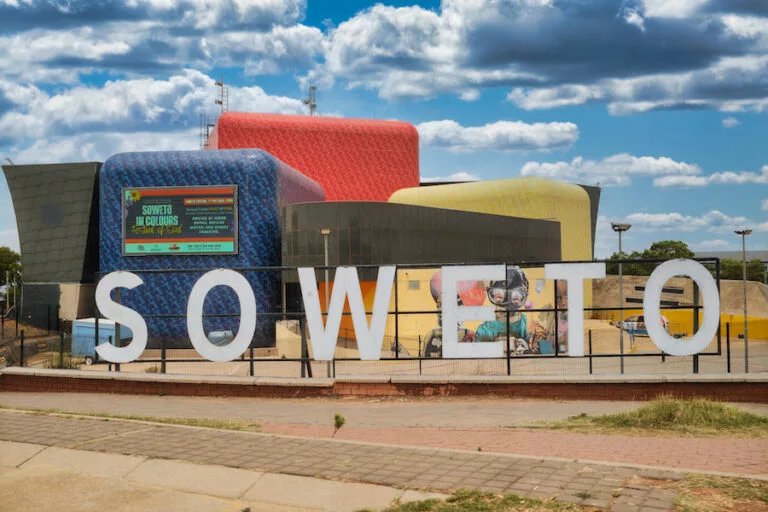
Picture/DWR Distribution
The first Black South African woman to publish an English novel, Miriam Tlali used her life in Soweto to tell unflinching stories of apartheid’s social and emotional toll in Between Two Worlds.
Travel tip: Walk down Vilakazi Street, home to Nelson Mandela and Desmond Tutu, and visit the Tlali memorial site at the Soweto Theatre complex.
Stellenbosch – André Brink
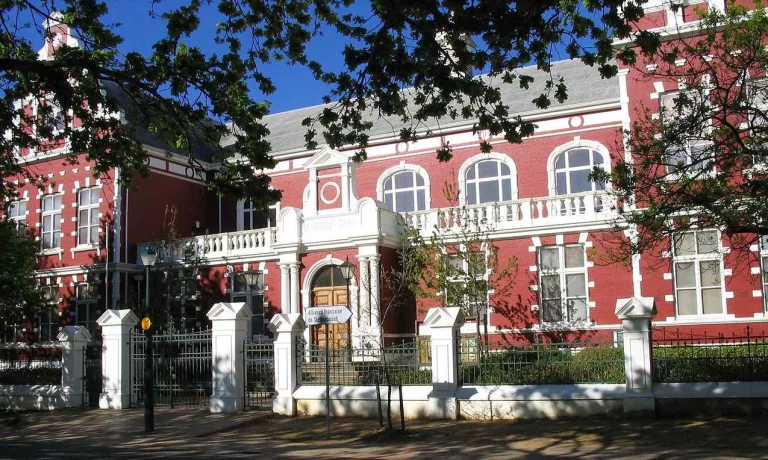
Picture/Museum Explorer
André Brink, a prolific anti-apartheid writer, often drew from the rich, contradictory beauty of the Cape Winelands to fuel stories like A Dry White Season. His time in Stellenbosch shaped his academic and literary life.
Travel tip: Enjoy a literary wine route experience at one of Stellenbosch’s many historical farms. The town also offers architecture and museums steeped in cultural debate.
Cape Town – Zoë Wicomb
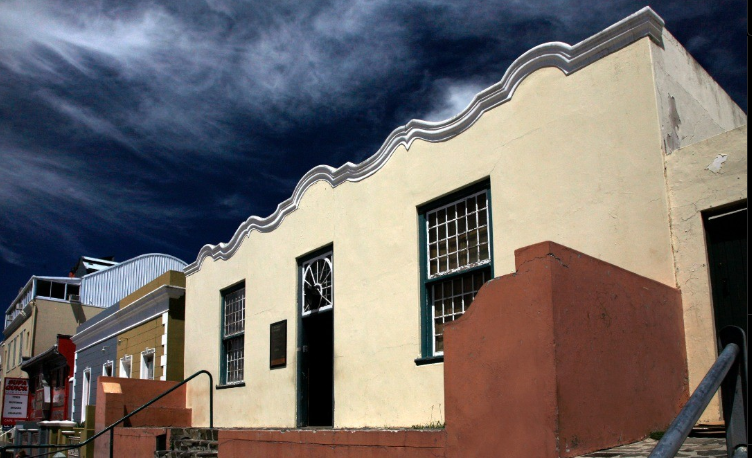
Picture/Iziko Bo-Kapp Museum
Born in Namaqualand but long associated with Cape Town, Zoë Wicomb explores identity, memory, and coloured heritage in stories that bridge rural and urban South Africa.
Travel tip: Visit Bo-Kaap, its layered history and colourful houses, or the University of the Western Cape, where Wicomb once lectured.
Durban – Ronnie Govender
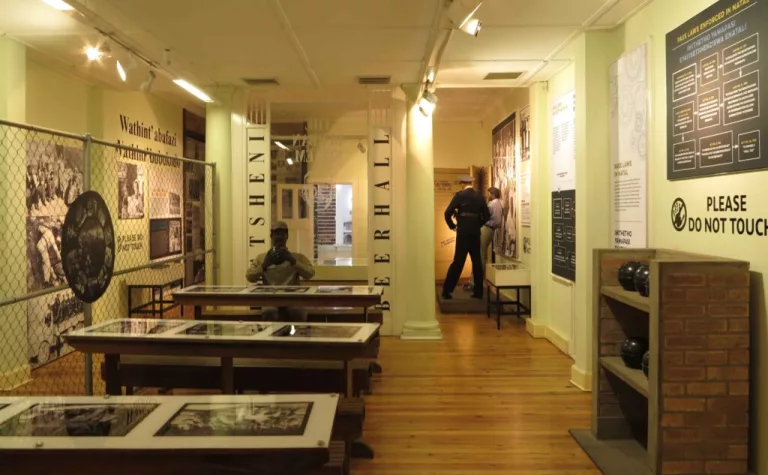
Picture/Museum Explorer
Ronnie Govender, a playwright and short story writer, explored Indian South African experiences in his home suburb of Cato Manor. His award-winning At the Edge and Other Cato Manor Stories reflects on apartheid and multiculturalism.
Travel tip: Durban’s KwaMuhle Museum explores the city’s migrant history, and a visit to Cato Manor reveals how its people have shaped local storytelling.
Modern voices: Zukiswa Wanner & Koleka Putuma
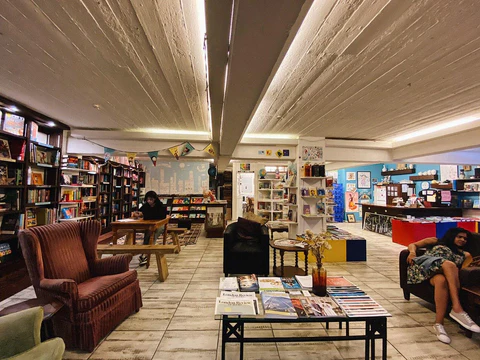
Picture/Rawrnie
Contemporary writers like Zukiswa Wanner and Koleka Putuma reimagine place through travel, gender, and activism. Wanner’s pan-African novels often reflect her cosmopolitan experiences, while Putuma’s Collective Amnesia is rooted in the rhythms of Cape Town’s ocean and protest culture.
Travel tip: Visit Cape Town’s The Book Lounge, a hotspot for local literary events, or follow Wanner’s travel blog for clues on modern African literary trails.
Whether it’s the dry breath of the Karoo or the roar of Jozi’s taxis, South Africa’s writers have turned place into poetry. These spaces are not only backdrops but characters in their own right. Exploring them offers readers and travellers a new way to see South Africa as a destination and a story still being written.
Follow us on social media for more travel news, inspiration, and guides. You can also tag us to be featured.
TikTok | Instagram | Facebook | Twitter
ALSO READ: Exploring South Africa’s newest UNESCO World Heritage sites


